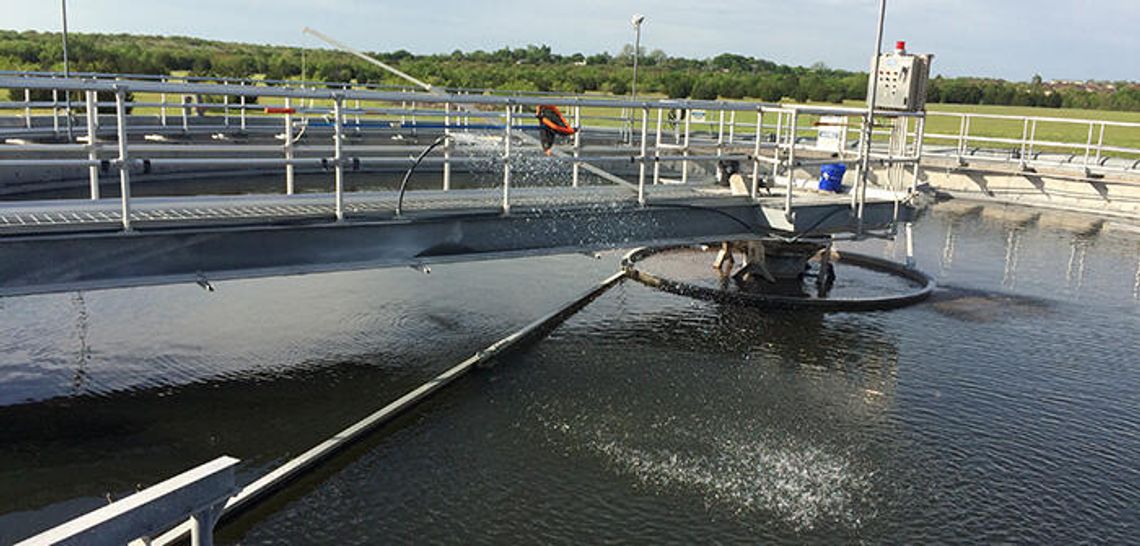As work continues on fixing a major component at Kyle’s aging wastewater treatment plant, city leaders are now focusing on the next steps to expand and retrofit the 17-plus year old facility.
But, as with many issues in Kyle, trying to meet the rapid pace of a fast growing city is a challenge city leaders are needing to face.
They hope to do so with a proposed expansion of the city’s current wastewater treatment plant, which currently takes in roughly 3.0 million gallons per day (MGD).
Kim Hilsenbeck, Kyle communications specialist, said the city’s expansion, which was originally budgeted for roughly $19 million, would expand the facility to take in roughly 4.5 MGD.
Hilsenbeck said the expansion process began two years ago when the city took over ownership of the plant from AquaTexas. Prior to 2015, Kyle contracted AquaTexas to maintain and operate the facility.
Upon taking over the plant, Hilsenbeck said the city made plans to expand the plant as the WWTP had reached 75 percent capacity. The Texas Commission on Environmental Quality (TCEQ), which oversees wastewater treatment plant facilities, requires engineering on plant expansions begin when a plant reaches 75 percent capacity.
Hilsenbeck said the city is working with Burgess and Niple, an Austin area contractor, on crafting engineering plans for plant expansion. As of September, Burgess and Niple have completed 50 percent of the design for the plant expansion, which Hilsenbeck said is a “nine-month or year-long process.”
Once the plans are complete, the city could let the request for proposals (RFP) bid in January or February 2018. Once a bid is received and approved, construction could begin on the expansion, which could take up to a year to complete.
The Hays Free Press reported that construction could begin in May 2018 and could be completed by December 2019.
“What’s exciting about the expansion is they’re looking at new technology,” HIlsenbeck said, to include using ultraviolet light to disinfect water during the treatment process.
She said the UV process would “eliminate or drastically reduce” the amount of chlorine used in the city’s current system. Another component of the plant expansion is a new building that could be paid for by a matching grant.
However, getting to that point is still roughly two years or so away. Additionally, talk of a proposed regional wastewater treatment plant is also on the horizon.
Hilsenbeck said the city is continuing to maintain the plant, even as it starts to show its age. Hilsenbeck said when the facility was built 17 years ago, she believes it was constructed with technology that was already outdated and couldn’t support the influx of growth.
She said the city has made “great strides” in working with the plant, which she said has been improved and is now in “better condition than when we took it over.”
“It’s like dealing with an old car. It will get you where you need to go. It won’t break down on the highway often,” Hilsenbeck said. “The better you take care of something, the better it will last.”











